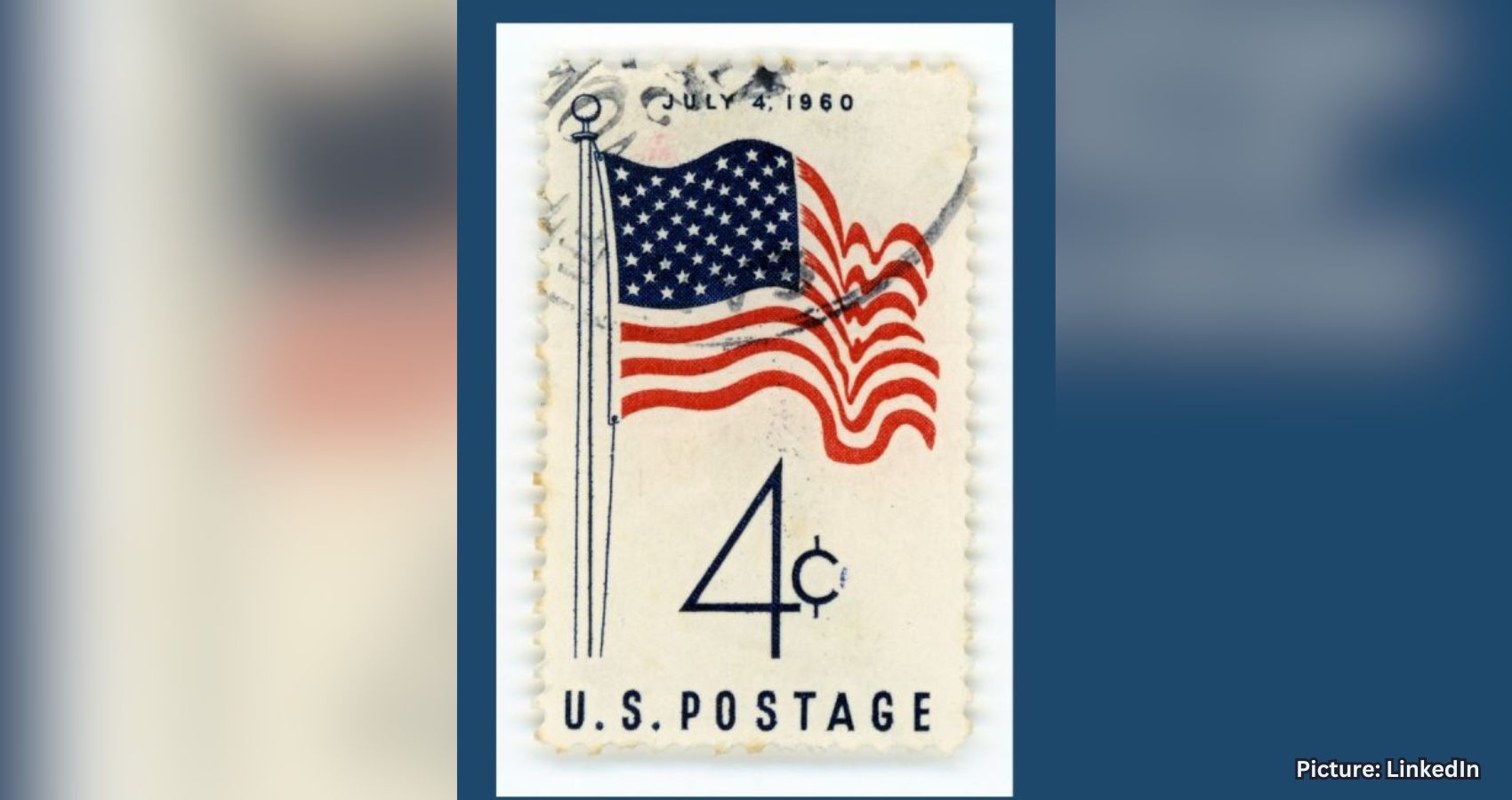The cost of mailing letters and postcards in the United States is set to rise once again later this year, as the U.S. Postal Service (USPS) moves forward with plans to increase stamp prices. While the changes are not yet in effect, customers still have a window of opportunity to purchase stamps at current prices before the proposed adjustments are implemented.
Among the most notable changes is the planned increase in the cost of a Forever Stamp, which is widely used for sending first-class letters. The USPS has submitted a proposal to raise the price of a Forever Stamp from its current rate of 73 cents to 78 cents. While the suggested increase must still receive the formal green light from the Postal Regulatory Commission, approval is expected, as the commission has historically authorized previous price adjustments.
If the proposed hike is confirmed, the new rate of 78 cents will take effect starting July 13. That means consumers looking to save money on future postage have until July 12 to buy Forever Stamps at the existing 73-cent price. Since Forever Stamps do not expire and remain valid regardless of any future rate increases, purchasing them now allows customers to hedge against future mailing costs.
The USPS explained that the decision to raise prices stems from a broader need to shore up its financial foundation and ensure the sustainability of long-term plans. “The price increase is needed to ‘achieve the financial stability’ to meet the goals of its existing Delivering for America 10-year plan,” the agency said in a statement. This strategic roadmap outlines the USPS’s objectives for modernization, service improvements, and cost-efficiency over the next decade.
But the price adjustment won’t be limited to just Forever Stamps. The Postal Service is also proposing increases for a range of other commonly used mailing products. For example, the cost of sending a metered 1-ounce letter is expected to go up by five cents, climbing from 69 cents to 74 cents. Domestic postcards, another popular mailing option, will also see a notable rise in price, jumping from 56 cents to 62 cents.
International mailing options are not exempt from the upcoming changes either. The price of international postcards is slated to increase slightly from $1.65 to $1.70. The same applies to international letters weighing up to one ounce, which are set to rise from $1.65 to $1.70 as well. Additionally, the fee for adding an extra ounce to domestic letters is expected to increase modestly from 28 cents to 29 cents.
This scheduled hike in postal rates marks the first price adjustment of 2025 and continues a recent trend of frequent changes to stamp costs. The most recent increase occurred on July 24, 2024, when the price of a Forever Stamp went from 68 cents to 73 cents. Prior to that, a two-cent rise was implemented in January 2024, when prices climbed from 66 cents to 68 cents. Even earlier, in 2023, the rate for a Forever Stamp increased from 63 cents to 66 cents, reflecting a steady escalation in mailing expenses over the past two years.
These repeated increases reflect the USPS’s broader efforts to respond to evolving economic conditions, including inflation, declining mail volumes, and rising operational costs. Each rate change is part of an ongoing attempt to ensure the agency can maintain its service commitments and invest in needed infrastructure improvements.
While some consumers may be frustrated by the prospect of paying more for postage, the USPS emphasizes that the financial realities it faces require proactive steps to secure the system’s long-term viability. According to USPS officials, the 10-year Delivering for America plan serves as a vital framework for achieving this goal, guiding the agency through necessary reforms, efficiency upgrades, and customer-focused innovations.
The plan is designed to help the Postal Service adapt to the changing dynamics of communication and commerce, which have shifted significantly in recent years. With the growth of digital communication and e-commerce, traditional letter mail has seen a steady decline, putting pressure on USPS revenue. In contrast, package delivery has become a larger focus area, requiring investment in new technology and logistical capabilities.
By adjusting stamp prices and other mailing fees in line with these developments, USPS aims to strike a balance between affordability for customers and the financial health of its operations. As such, while the price changes may be unwelcome for some, they are part of a larger effort to future-proof the nation’s postal system.
To avoid being affected by the higher rates, consumers are encouraged to purchase Forever Stamps and other mailing products before the new prices kick in on July 13. Buying before July 12 ensures access to the lower prices, allowing individuals and businesses alike to manage mailing costs more effectively over time.
The Forever Stamp, in particular, remains a practical and popular choice for many Americans due to its ability to lock in postage value even after multiple price changes. As rates continue to rise, these stamps offer a simple and cost-effective way to stay ahead of inflation and postal rate adjustments.
In summary, the proposed postal rate increases represent a continuation of USPS’s strategy to strengthen its financial footing and modernize its services through the Delivering for America initiative. While the changes must still be approved, they are expected to go into effect on July 13. Until then, customers still have a chance to purchase stamps and other mail services at the current rates.
As USPS puts it, the price hikes are essential to meet its future goals: “The price increase is needed to ‘achieve the financial stability’ to meet the goals of its existing Delivering for America 10-year plan.”
With inflation and financial pressure on federal services unlikely to ease soon, such steps may become more common in the years ahead. For now, those who rely on USPS for personal or professional communication may want to act quickly before the new rates arrive.

